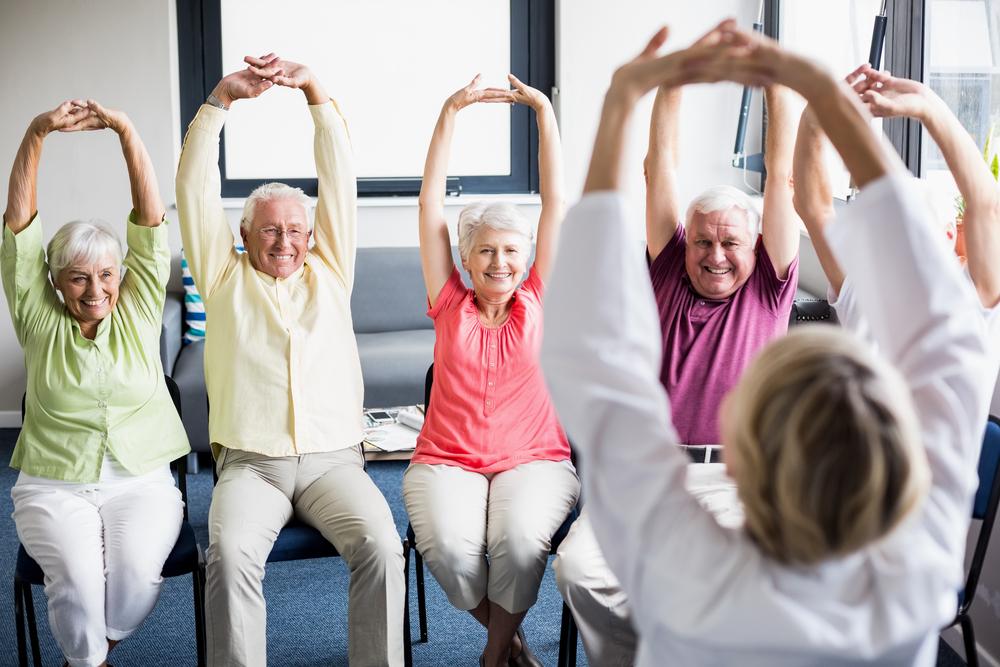Abuse can be difficult to see, especially when it’s in your own relationship. It can start slowly, and it’s not always physical. You may not realize that the small comments a loved one makes to you are doing harm. You may even make excuses for them. They’re stressed from work or the pandemic.
But abuse takes many forms. It can be physical, like slapping, punching, or kicking. It can involve sexual violence. For many, it’s psychological—making someone feel worthless or isolating them from friends and family. Sometimes it includes stalking.





